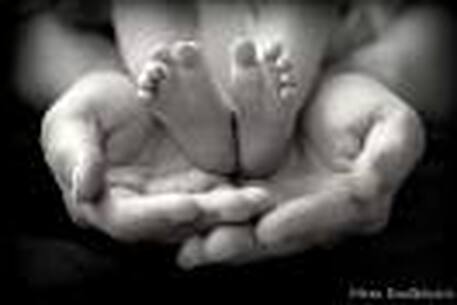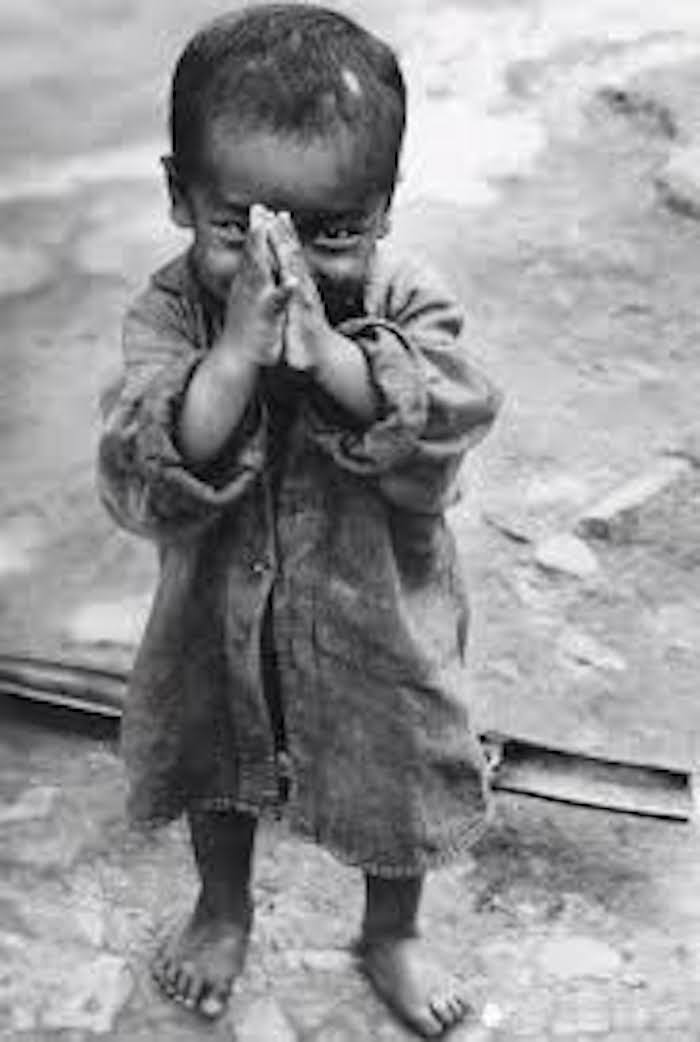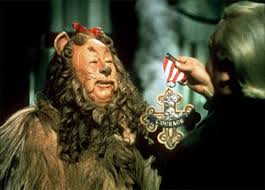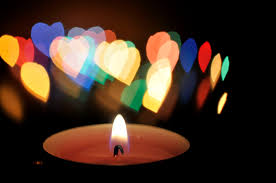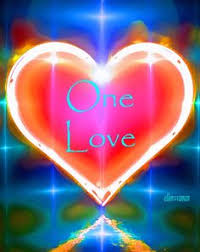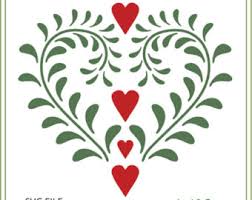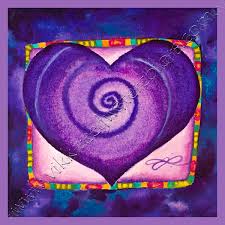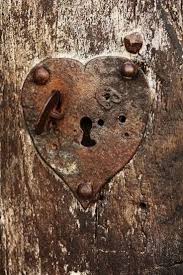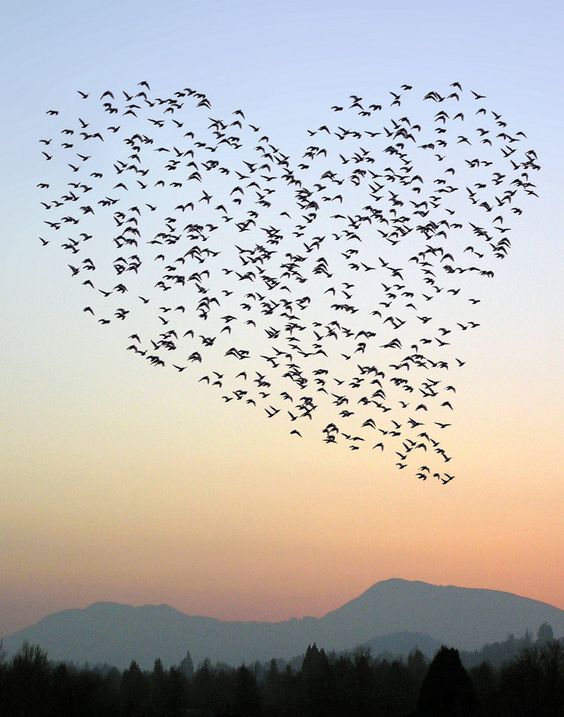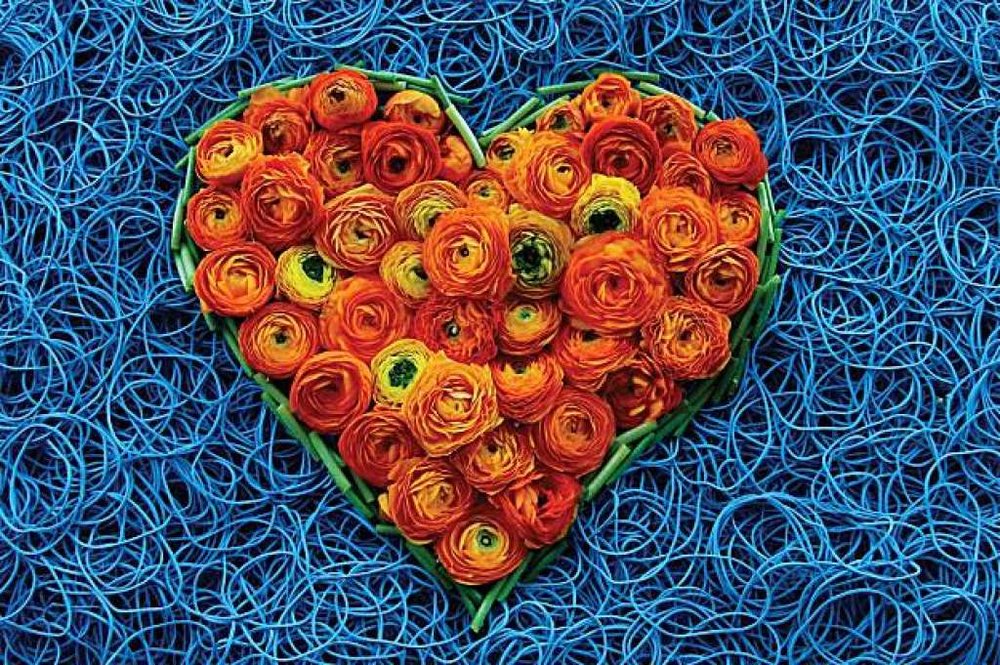|
Attachment Theory in Babies, Infants, and Early Childhood Development from positivepsychology.com/attachment-theory/
According to Bowlby and Ainsworth, attachments with the primary caregiver develop during the first 18 months or so of the child’s life, starting with instinctual behaviors like crying and clinging (Kennedy & Kennedy, 2004). These behaviors are quickly directed at one or a few caregivers in particular, and by 7 or 8 months old, children usually start protesting against the caregiver(s) leaving and grieve for their absence. Once children reach the toddler stage, they begin forming an internal working model of their attachment relationships. This internal working model provides the framework for the child’s beliefs about their own self-worth and how much they can depend on others to meet their needs. In Bowlby and Ainsworth’s view, the attachment styles that children form based on their early interactions with caregivers form a continuum of emotion regulation, with anxious-avoidant attachment at one end and anxious-resistant at the other. Secure attachment falls at the midpoint of this spectrum, between overly organized strategies for controlling and minimizing emotions and the uncontrolled, disorganized, and ineffectively managed emotions. The most recently added classification, disorganized-disoriented, may display strategies and behaviors from all across the spectrum, but generally, they are not effective in controlling their emotions and may have outbursts of anger or aggression (Kennedy & Kennedy, 2004). Research has shown that there are many behaviors in addition to emotion regulation that relates to a child’s attachment style. Among other findings, there is evidence of the following connections:
Tomorrow: Attachment Theory in Adult Relationships
0 Comments
Leave a Reply. |
Zoe ~
I am a catalyst for others, helping people continue, over their entire life span - preconception, conception, in the womb and after - to grow, learn, heal so that each person can live their deepest longings. This is my passion and purpose. Adventurer, lover of beauty, seeking clarity, harmony & balance. Compassionate. Just. Fair. Grateful. Hugely grateful. ONE more time: HUGELY GRATEFUL. |
